The inaugural French Grand Prix of 26 June 1906 wasn’t the first event to carry the title, but history has cemented its place as the start of ‘grand prix’ racing proper.
WF Bradley, Autocar’s much-travelled Continental correspondent, attended the race, which was held on a triangular course about 60 miles around on the north-eastern side of Le Mans.
“The town offered an excellent triangle of roads, with very fast stretches, a sufficient number of bends and practically no hills,” he wrote.
The idea for the grand prix arose from the annual Gordon Bennett Cup races after the French – then leading the world in car production and sales – had thrown a strop because Gordon Bennett rules limited competing cars to three per nation.
L’Automobile Club de France stated that it would not stage the Gordon Bennett event in 1906, replacing it with a competition with no limit on the number of vehicles built in a specific country.
Other nations were invited to host the Gordon Bennett race instead, but there were no takers. Hence, the new French race assumed a prominent position in international motor racing.
“The race had 34 starters, of which 25 were French, six were from Italy and three from Germany. Great Britain was officially absent as a protest against the abandonment of the Gordon Bennett rules, but probably a more important factor was the cost and the handicap of having to prepare for a contest on foreign soil,” wrote Bradley.
“This first grand prix was to be more strenuous than any previous event. It was limited to cars having a total weight of 1000kg, with 7kg extra if a magneto was fitted. All work had to be done by the driver and ride-on mechanic, and the race was a two-day affair of 769 miles.”
Entries included cars from Panhard, Lorraine-Dietrich, Fiat, Darracq, Hotchkiss, Itala and Renault.
Individual starts were the rule in those days. “For the public, they necessitated a good deal of arithmetic, but they gave us the opportunity of judging the drivers at close quarters – how they engaged first gear, the way they accelerated or, in certain cases, stalled the engine.”
Hungarian racer Ferenc Szisz moved his Renault into the lead after three of six laps on the opening day. Bradley wrote: “This car was fitted with detachable wheel rims all round and every two laps both rears were changed, whatever their condition. On one occasion two rears were changed, tanks filled and lubricators adjusted in four and a half minutes, a performance much appreciated by the public.”


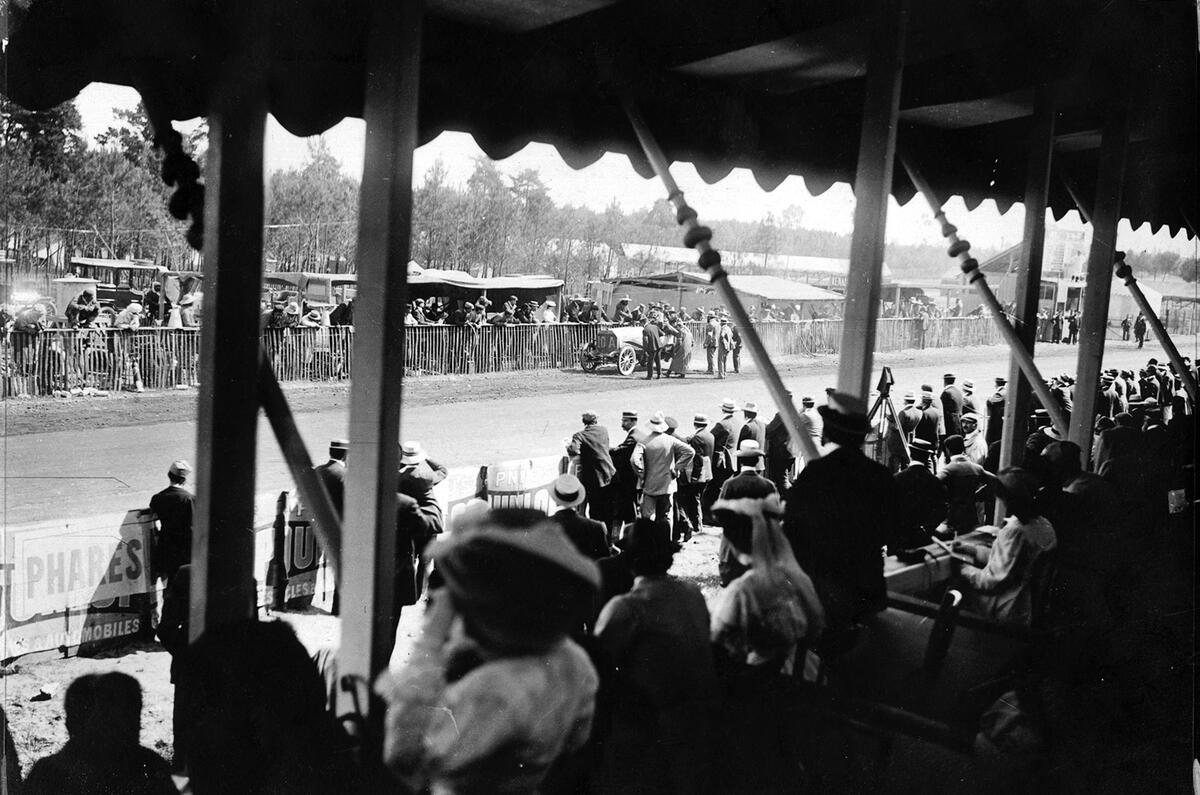

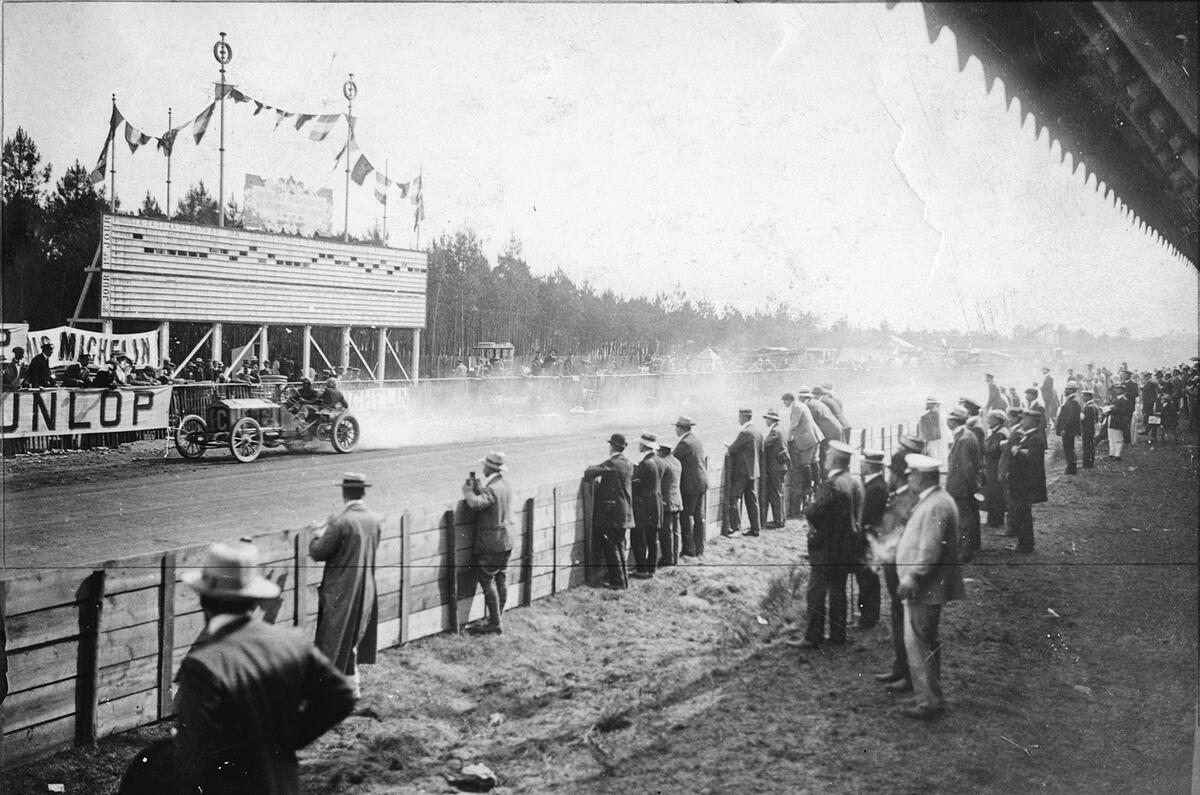
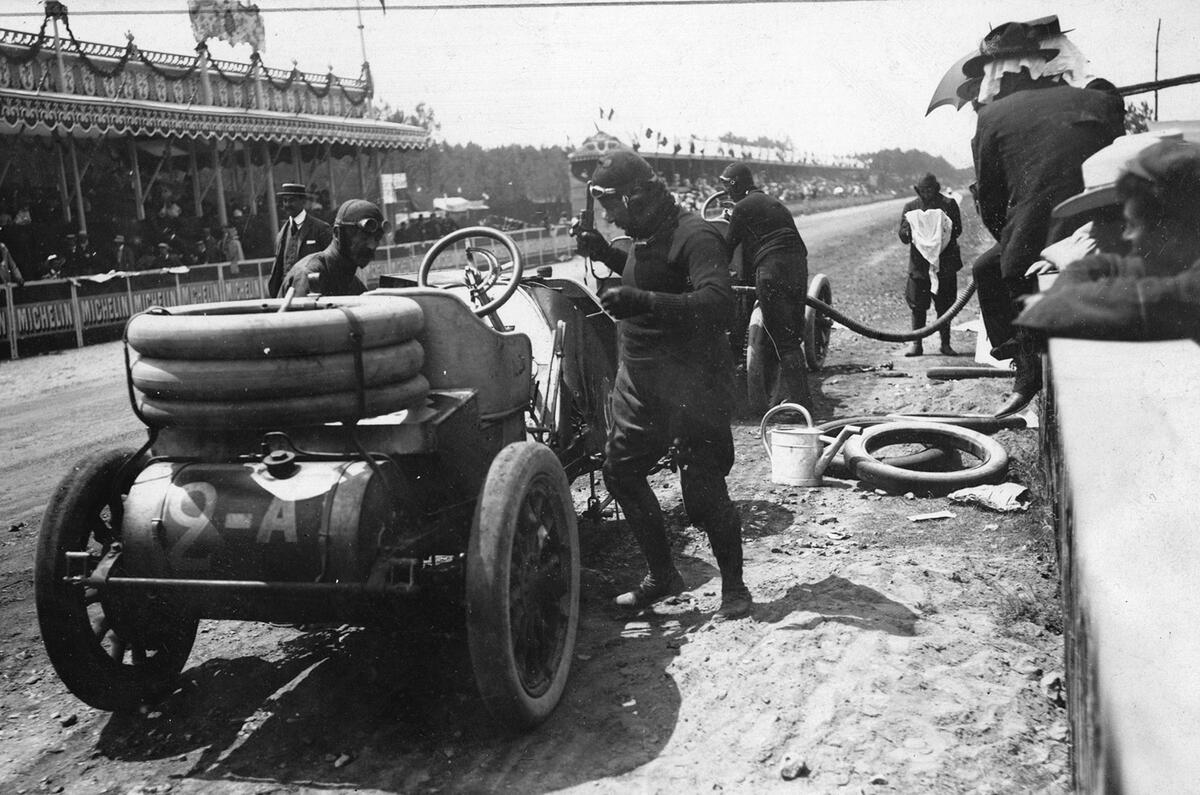
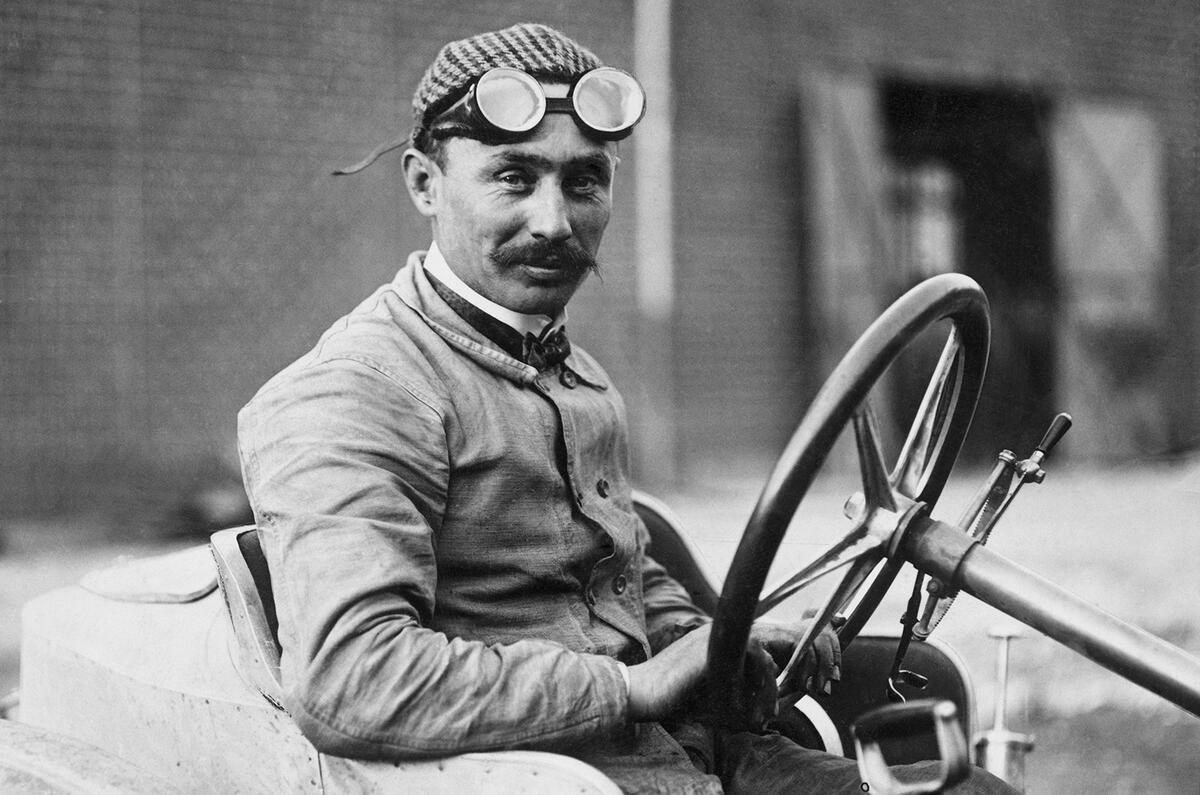

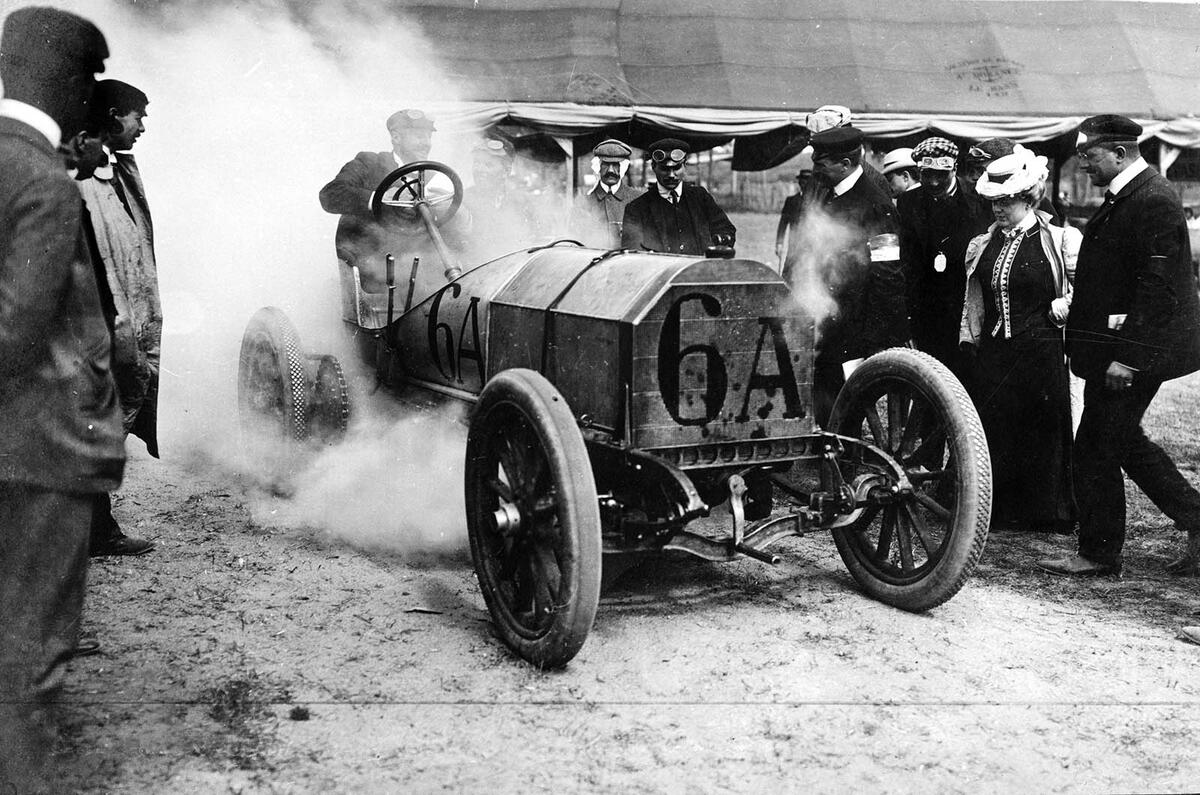
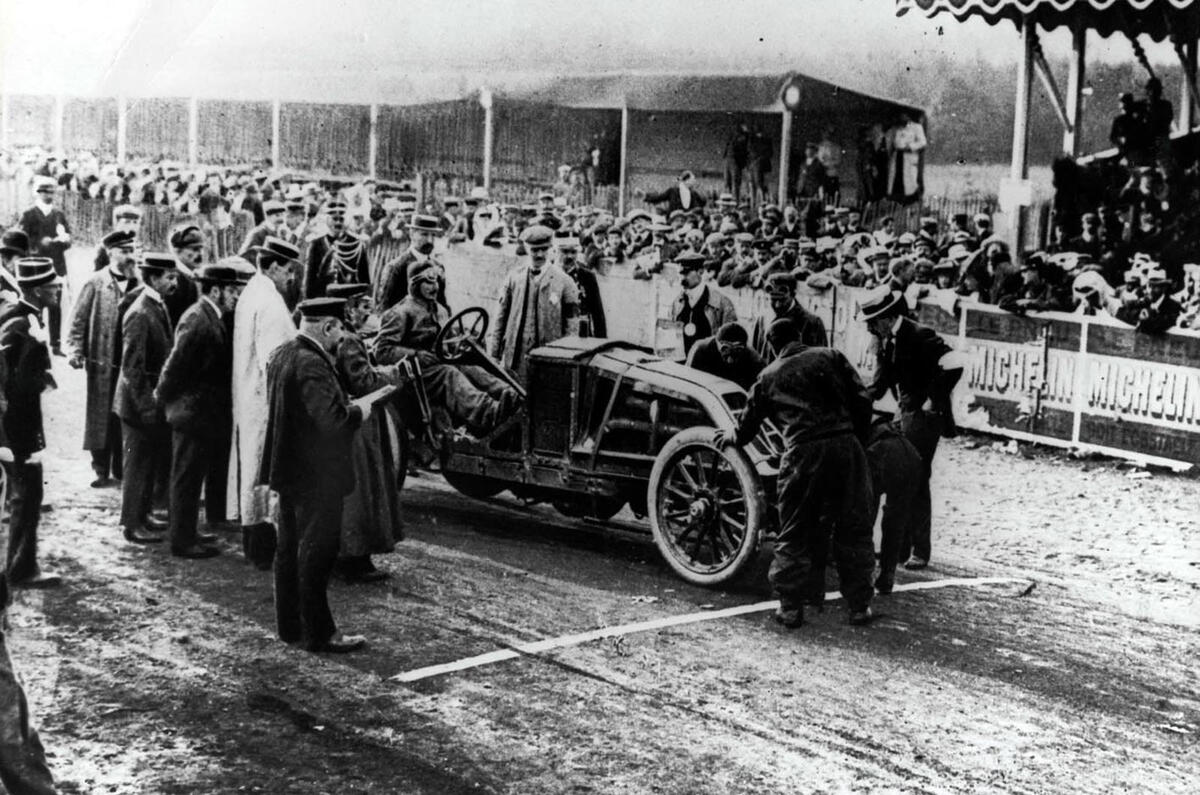
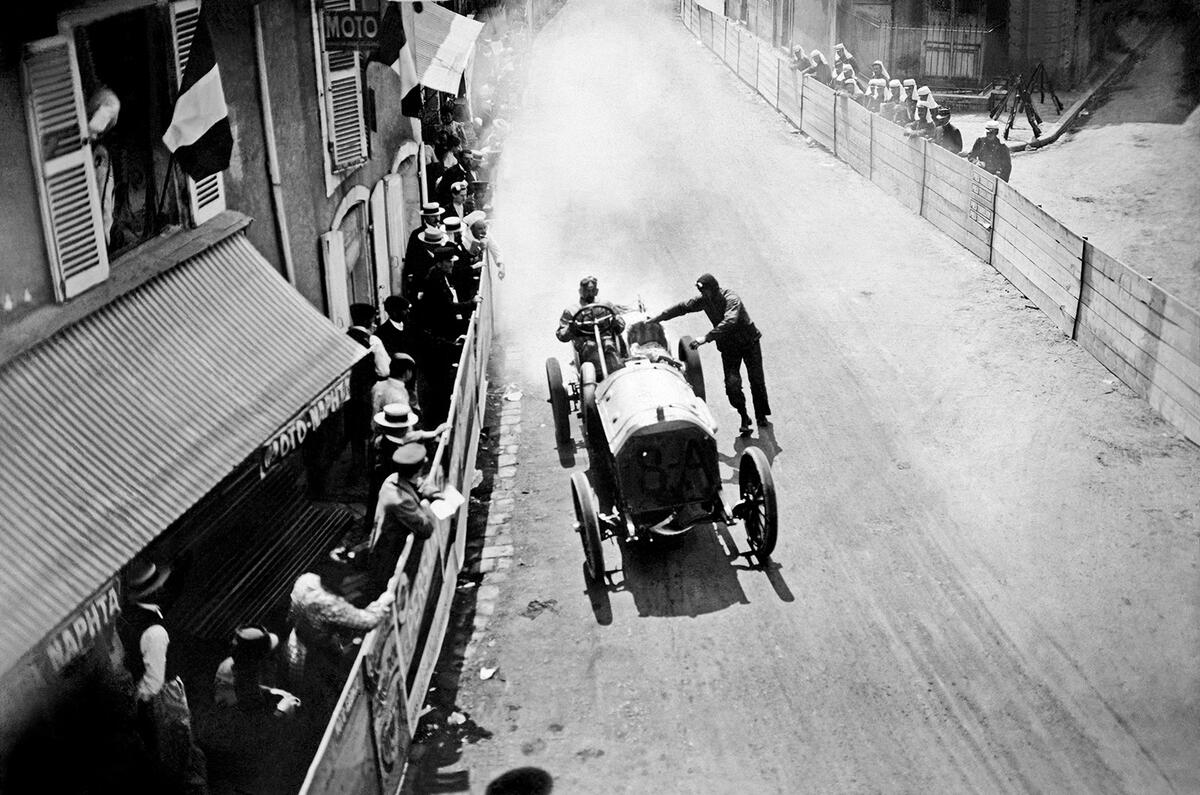

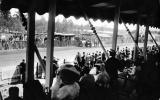
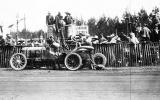
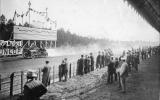
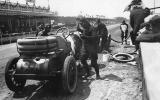

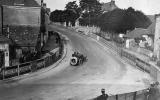
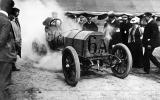
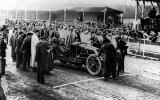
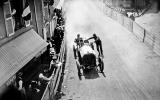


Join the debate
Add your comment
More like this please.
It's not that easy Bullfinch
It's not that easy Bullfinch - filling up the Autocar time machine every week is playing havoc my credit card...